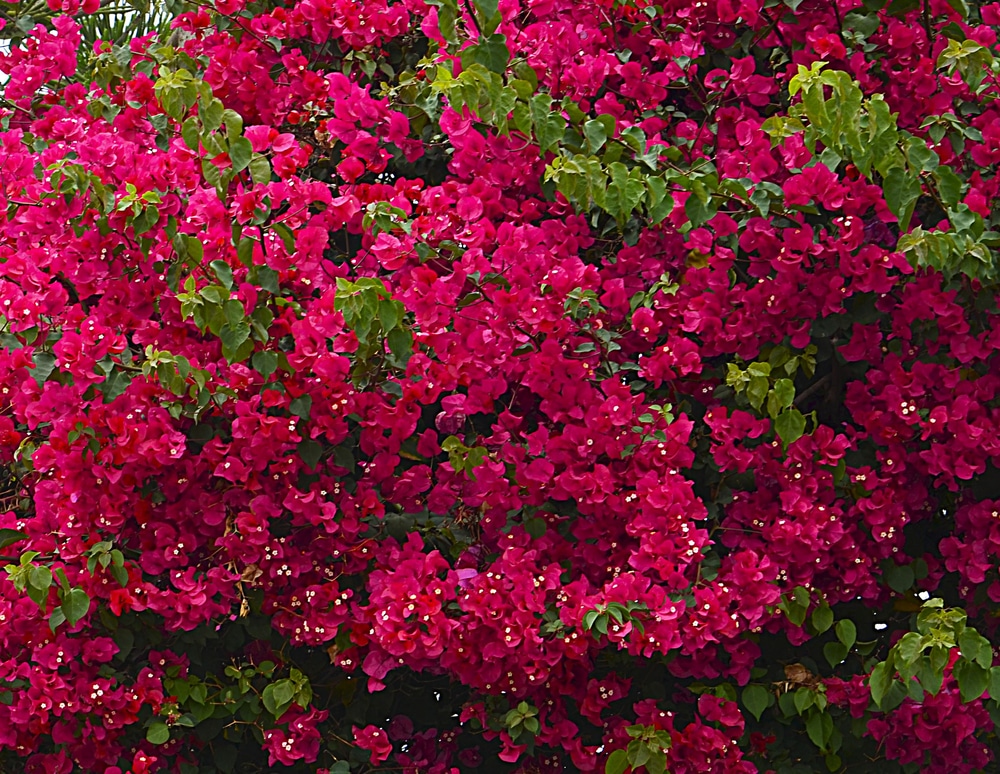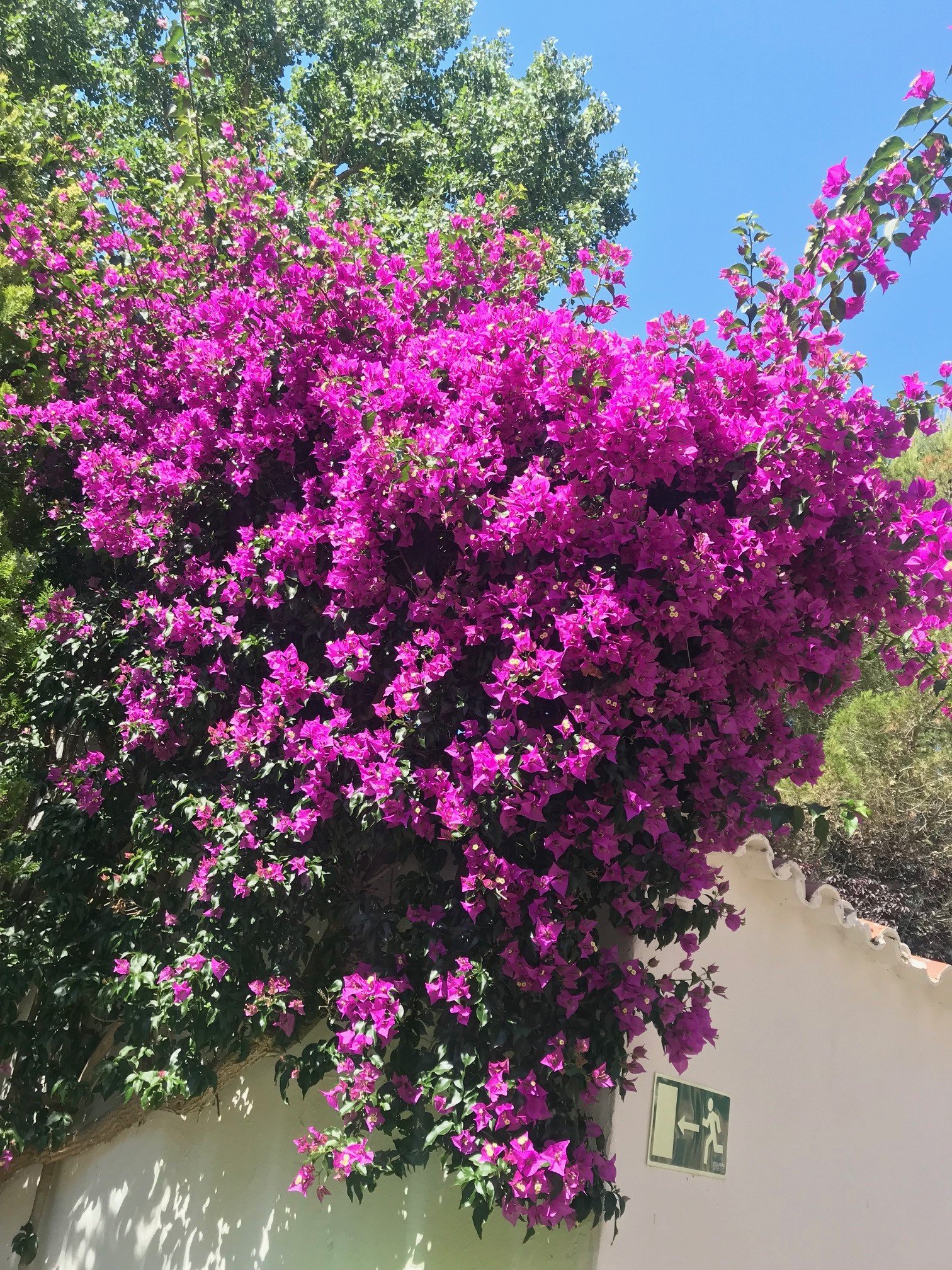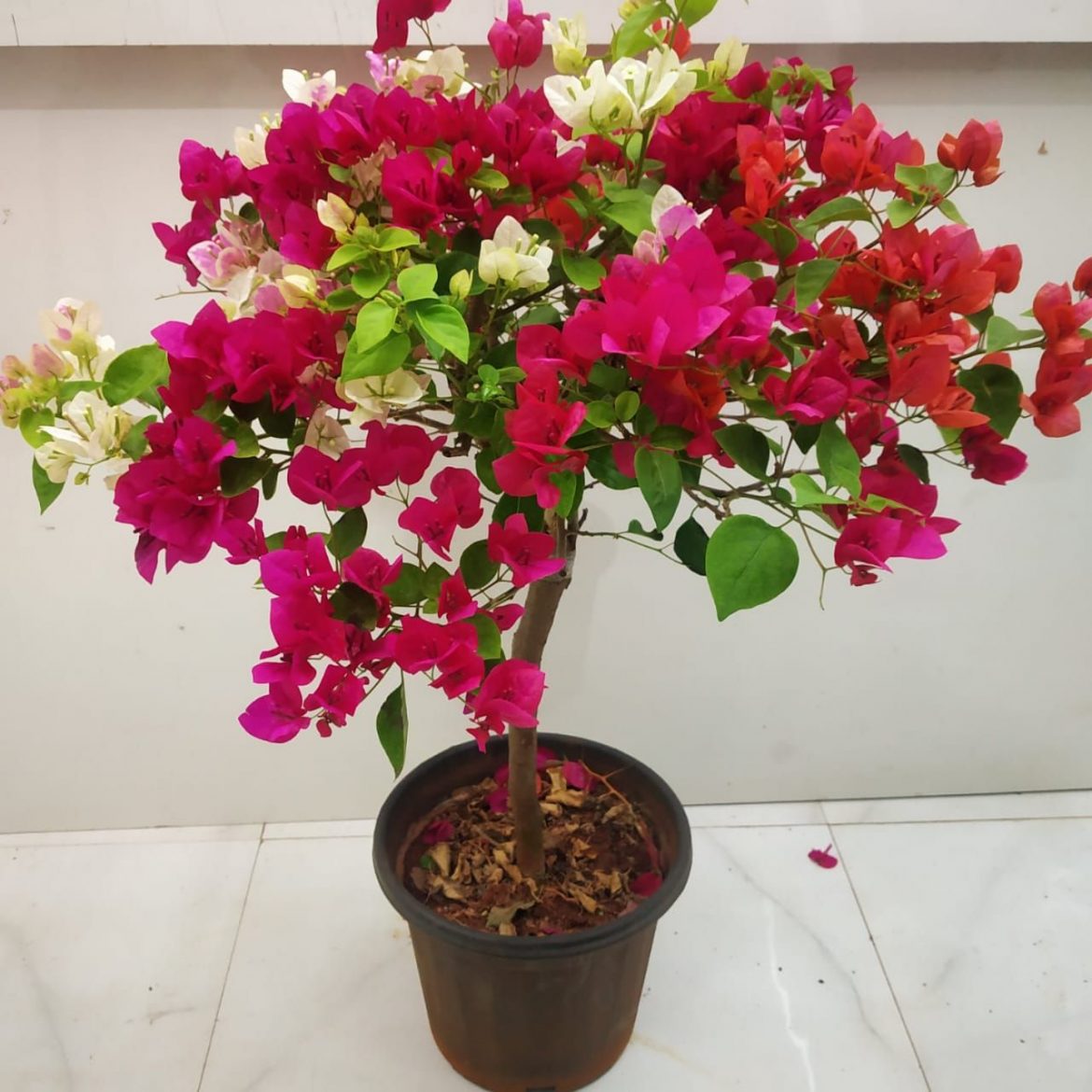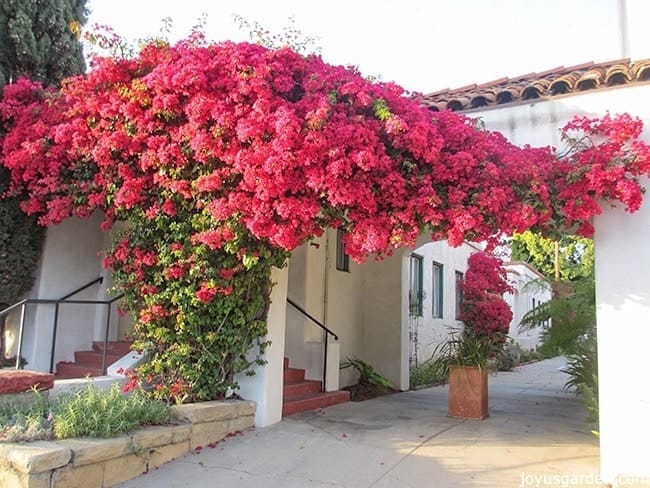Choosing the Right Bougainvillea Variety for Your Climate
With over 300 species of bougainvillea, selecting the right variety is crucial for its success. Different types of bougainvillea thrive in various climates and regions, and understanding their characteristics can help you make an informed decision. For instance, if you live in a region with high temperatures and low humidity, you may want to opt for a variety like ‘Barbara Karst’ or ‘San Diego Red’, which are known for their heat tolerance. On the other hand, if you live in a cooler climate, ‘Raspberry Ice’ or ‘Torch Glo’ may be a better choice. When selecting a bougainvillea variety, consider factors such as bloom color, growth habit, and disease resistance. By choosing a variety that is well-suited to your climate, you can ensure that your bougainvillea thrives and produces an abundance of vibrant blooms. Remember, learning how to plant a bougainvillea starts with selecting the right variety for your specific area.
Preparing the Soil for Optimal Bougainvillea Growth
Before planting a bougainvillea, it’s essential to prepare the soil to ensure optimal growth and blooming. Bougainvillea prefers well-draining soil with a slightly acidic to neutral pH, ranging from 6.0 to 7.0. A soil test can help determine the pH level and nutrient content of your soil. If your soil is too alkaline, add elemental sulfur or peat moss to lower the pH. Conversely, if your soil is too acidic, add lime to raise the pH. Bougainvillea also requires a balanced fertilizer with a ratio of 10-10-10 (nitrogen-phosphorus-potassium). You can amend the soil with organic matter like compost or manure to improve its fertility and drainage. When learning how to plant a bougainvillea, remember that proper soil preparation is crucial for the plant’s success. By providing your bougainvillea with the right soil conditions, you can encourage healthy growth, vibrant blooms, and a thriving plant.
How to Plant Bougainvillea: A Step-by-Step Process
When learning how to plant a bougainvillea, it’s essential to follow a step-by-step process to ensure the plant establishes itself successfully. Start by selecting a healthy bougainvillea plant with vibrant green leaves and no signs of pests or diseases. Prepare the planting site by digging a hole that is twice as wide and just as deep as the plant’s root ball. Add organic matter like compost or manure to improve soil fertility and drainage. Gently remove the plant from its container, taking care not to disturb the roots. Plant the bougainvillea at the same depth as it was in the container, and backfill with soil. Water thoroughly to settle the soil. Space bougainvillea plants 3-5 feet apart, depending on the variety, and consider companion planting with other flowering plants like marigolds or zinnias. By following these steps, you can give your bougainvillea the best start in life and enjoy its vibrant blooms for years to come.
Watering and Fertilizing Your Bougainvillea for Maximum Blooms
Proper watering and fertilization are crucial for bougainvillea to thrive and produce an abundance of vibrant blooms. When it comes to watering, bougainvillea requires consistent moisture, especially during the first year after planting. Water your bougainvillea when the top 2-3 inches of soil feel dry to the touch, usually every 3-4 days during the growing season. Avoid overwatering, which can lead to root rot and other problems. To prevent this, check the soil moisture by inserting your finger into the soil up to the knuckle. If the soil feels dry, it’s time to water.
Fertilization is also essential for bougainvillea to produce plenty of blooms. Use a balanced fertilizer with a ratio of 10-10-10 (nitrogen-phosphorus-potassium) and apply it every 4-6 weeks during the growing season. You can also use a fertilizer specifically formulated for flowering plants, which will provide additional nutrients to promote blooming. When learning how to plant a bougainvillea, it’s essential to understand the importance of fertilization in promoting healthy growth and blooming. By following these watering and fertilization tips, you can enjoy a bougainvillea that is bursting with colorful blooms.
Pruning and Training Bougainvillea for Optimal Shape and Growth
Pruning and training are essential techniques to master when learning how to plant a bougainvillea and promote its optimal shape and growth. Pruning helps to encourage bushy growth, promote blooming, and control the plant’s size and shape. Start by removing any dead or damaged branches, and then cut back the tips of the stems to encourage branching. You can also prune your bougainvillea to maintain a desired shape or size, such as a hedge or a trellis-trained vine.
Training your bougainvillea is also crucial to achieve the desired shape and promote blooming. You can train your bougainvillea to grow up a trellis, arbor, or wall, or to spread out as a ground cover. Use soft ties or twine to gently guide the stems in the desired direction, and prune regularly to maintain the shape. By pruning and training your bougainvillea regularly, you can enjoy a beautiful, thriving plant that produces an abundance of vibrant blooms.
Timing is also important when it comes to pruning and training bougainvillea. Prune your plant during the dormant season, usually in late winter or early spring, to minimize stress and promote healthy growth. Avoid pruning during the active growing season, as this can cause stress and reduce blooming. By following these pruning and training tips, you can enjoy a healthy, thriving bougainvillea that provides beauty and color to your garden or landscape.
Common Bougainvillea Pests and Diseases: Identification and Control
When learning how to plant a bougainvillea, it’s essential to be aware of the common pests and diseases that can affect the plant’s health and blooming potential. Mealybugs, spider mites, and root rot are some of the most common issues that bougainvillea growers face. Mealybugs are small, white insects that feed on the plant’s sap, causing yellowing leaves and stunted growth. Spider mites are tiny, spider-like insects that feed on the plant’s sap, causing yellowing leaves and fine webbing on the underside of leaves. Root rot is a fungal disease that causes the roots to rot, leading to weak growth and yellowing leaves.
To control these pests and diseases, it’s essential to monitor your bougainvillea regularly for signs of infestation or infection. Inspect the leaves and stems for mealybugs and spider mites, and check the roots for signs of rot. For organic control, use neem oil or insecticidal soap to control mealybugs and spider mites. For root rot, improve soil drainage and reduce watering to prevent moisture buildup. Chemical control methods, such as pesticides and fungicides, can also be used, but be sure to follow the label instructions carefully to avoid harming the plant or the environment.
Prevention is also key to avoiding pest and disease issues in bougainvillea. Keep your plant healthy and strong by providing it with the right amount of sunlight, water, and nutrients. Avoid overwatering, which can lead to root rot, and keep the area around the plant clean to prevent the spread of pests and diseases. By being aware of these common issues and taking steps to prevent and control them, you can enjoy a healthy, thriving bougainvillea that produces an abundance of vibrant blooms.
Creating a Bougainvillea-Friendly Environment: Tips for Success
When learning how to plant a bougainvillea, it’s essential to create an environment that fosters healthy growth and blooming. Bougainvillea requires specific conditions to thrive, including the right amount of sunlight, temperature, and humidity. Providing your bougainvillea with the ideal environment will encourage it to produce an abundance of vibrant blooms and maintain its overall health.
Sunlight is essential for bougainvillea, and it requires at least 6 hours of direct sunlight per day. However, in warmer climates, it’s essential to provide some shade to prevent scorching. Temperature-wise, bougainvillea prefers warm temperatures between 65°F to 95°F (18°C to 35°C). It’s also important to maintain a humid environment, with a relative humidity of 50% to 70%.
Using trellises and containers can also help create a bougainvillea-friendly environment. Trellises provide support for the plant’s stems and encourage vertical growth, while containers allow for better control over soil quality and moisture levels. When using containers, make sure they have good drainage holes to prevent waterlogged soil.
By providing your bougainvillea with the right environment, you can encourage healthy growth, blooming, and overall success. Remember to monitor your plant’s conditions regularly and make adjustments as needed to ensure it receives the right amount of sunlight, temperature, and humidity. With the right environment and proper care, your bougainvillea will thrive and provide beauty and color to your garden or landscape.
Troubleshooting Common Bougainvillea Problems: Solutions and Prevention
When learning how to plant a bougainvillea, it’s essential to be aware of common issues that can affect the plant’s health and blooming potential. By identifying and addressing these problems early, you can prevent them from becoming severe and ensure your bougainvillea thrives.
Lack of Blooms: One of the most common issues bougainvillea growers face is a lack of blooms. This can be caused by inadequate sunlight, insufficient fertilization, or poor pruning practices. To encourage blooming, ensure your bougainvillea receives at least 6 hours of direct sunlight per day, fertilize regularly with a balanced fertilizer, and prune the plant regularly to promote bushy growth.
Yellowing Leaves: Yellowing leaves can be a sign of overwatering, underwatering, or nutrient deficiencies. To prevent yellowing leaves, ensure the soil is well-draining, water your bougainvillea when the top inch of soil feels dry, and fertilize regularly with a balanced fertilizer.
Weak Growth: Weak growth can be caused by inadequate sunlight, poor soil quality, or insufficient watering. To promote healthy growth, ensure your bougainvillea receives at least 6 hours of direct sunlight per day, plant it in well-draining soil with a pH between 6.0 and 6.5, and water it regularly.
By being aware of these common issues and taking steps to prevent and address them, you can ensure your bougainvillea thrives and produces an abundance of vibrant blooms. Remember to monitor your plant’s health regularly and take action quickly if you notice any signs of trouble. With proper care and attention, your bougainvillea will reward you with beautiful blooms and a lush, healthy appearance.








